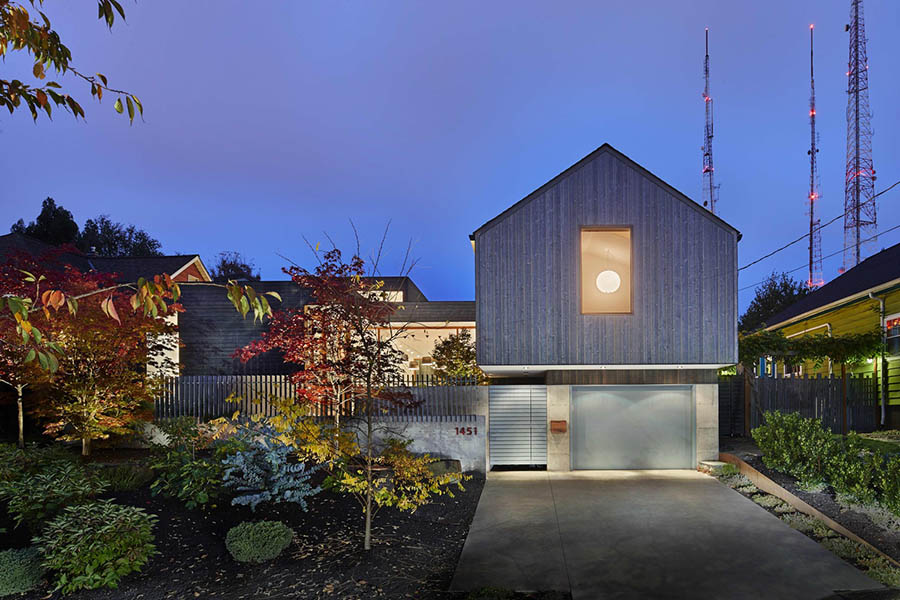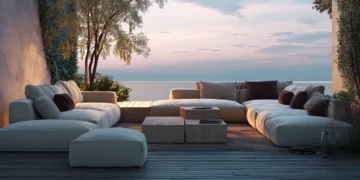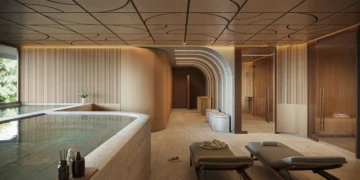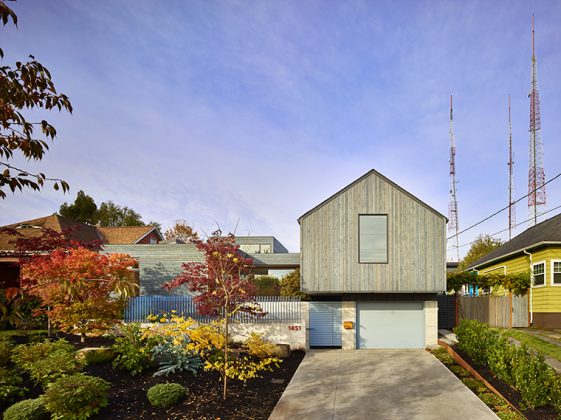
Sustainability is the future. It will be in everything we do, everything we touch. Slowly the world will transition to a future where the circular economy is commonplace, where legal regulation enforces sustainable development and design, and where it is commonplace in everything that we do. It is important for the planet, and also for the next evolution for humankind.
You do not need to wait for the future to get started, however. There are several ways that you can make your home more sustainable. The investments that you make today are great not just for the future generations, they help you save and they can work to make your home a more beautiful, healthy place to live.
Budget Friendly Updates
There are many ways that you can make your home more sustainable, and many of them are well-established. Simply look back through the years to how we used to live. From reusing jars and canning food, to growing a garden, the ways that you can live sustainably on a budget go through the roof. Some are more lifestyle changes, however, and the best options to help you upgrade your home on a budget to reduce energy costs and live in better harmony with the environment include:
Start a Vegetable and Fruit Garden
Gardening is having a resurgence as more people want to become more closely connected to the food that they eat. It is an excellent way to eat healthier, to use your backyard and even front yard, and is the perfect hobby to improve your mental health. There is so much to learn as well. Rather than use pesticides, for example, you can invest in symbiotic plants. There are so many flowers and other plants that work in harmony together.
Use Landscaping to Insulate Your Property
Plants are not just useful to eat and decorate your property with, either. You can also use evergreens to insulate and protect your home from cold winter winds. Trees with large canopies also do wonders when it comes to cooling your home down. Together they also work to increase your privacy and can also work as a natural noise-cancelling solution.
Use Textiles to Insulate Your Home
Inside there are many ways that you can better insulate your property without going for the full investment. Though there are instances when upgrading your windows or investing in better insulation in the walls of your property are the better option, other times rugs, thick curtains, and even tapestries can work to insulate your home and fit within your budget.
Change to Energy-Efficient Lights
Upgrading your electronics to new, energy-efficient alternatives is one of the best, easiest, and fastest ways to reduce your energy footprint and your utilities costs. Start first with your light bulbs. There are LED lights that come in warm-white, so if you were holding off because you did not like how bright or white they were, know that there are options that are cozy, and energy-efficient. As for everything else, compare the cost vs. the savings. Buying something new because it is slightly more energy efficient is not sustainable. If the difference is massive, or if you already have to replace something because it has died on you, then you can invest in an upgrade, otherwise wait until the suitable time.
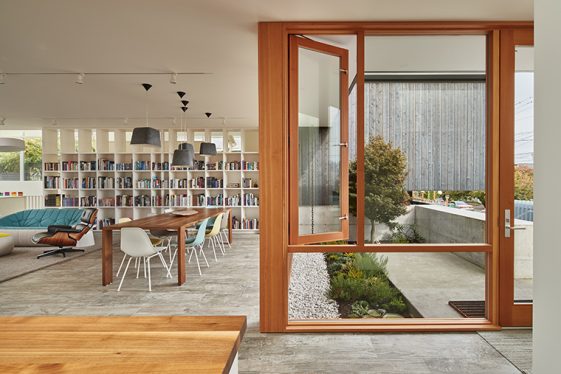
Investment Updates
There are always going to be investment upgrades that you can make to your home. You can add solar panels, for example, or you can invest in a full smart home system.
Investing in Solar
Solar is a great way to offset your ongoing costs and make your home more sustainable. There are several solar systems that you can invest in as well. If you are not interested in solar panels, for example, you could look into either solar water heaters or solar pool heaters instead. Solar companies can analyse your home, help you understand your options, and then give you a quote. If the new solar energy solution is great for your budget, then your next step will be to take advantage of all the different tax credits.
There are typically two tax credits that you can take advantage of. All solar power and solar water heating qualify for a 26% federal tax credit and usually a state tax credit, though those depend on the state you live in. Even solar pool heaters can qualify for the state tax credit, though are not covered by the federal tax credit.
Building Your Smart Home System
A smart home system works to optimize your property. It means you do not use energy unless it is absolutely necessary. You can do things like have all your non-essential electricals turn off at night or when you leave your home. Other than your fridge, freezer, and your alarm system for example you can power down your plugs and your heating and do it all from your phone.
Smart homes make living more convenient as well. You can have fridges that keep track of the food you put in and let you know when they are about to expire. You can do so much with a smart home system, and best of all you can keep track of it with your phone. Smart homes do tend to take time to create, as they require a lot of different tools or even large upgrades. The budget-friendly version, for example, requires smart plug sockets so that you can remotely control your electronics. The investment option includes having a professional set up a smart home system into the very foundations of your home.
Do not Rush and Live Slowly
Living slowly refers to picking up some of the lifestyle habits of generations past. It means making food from scratch, or gardening, or living with less and reusing more. Do not rush into upgrading your home into a sustainable masterpiece, because things change all the time and the most sustainable option is the one that you already own. Reduce consumption, live more mindfully, and connect with nature. Do this, and you can save money, and improve your health and wellbeing.
Images from Artist Residence by Heliotrope Architects – See the full story here
